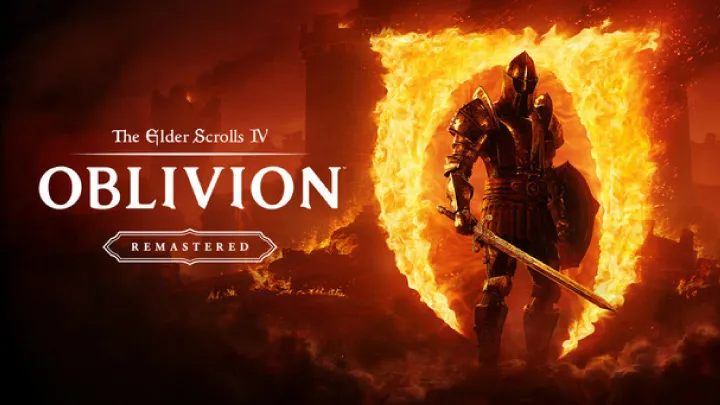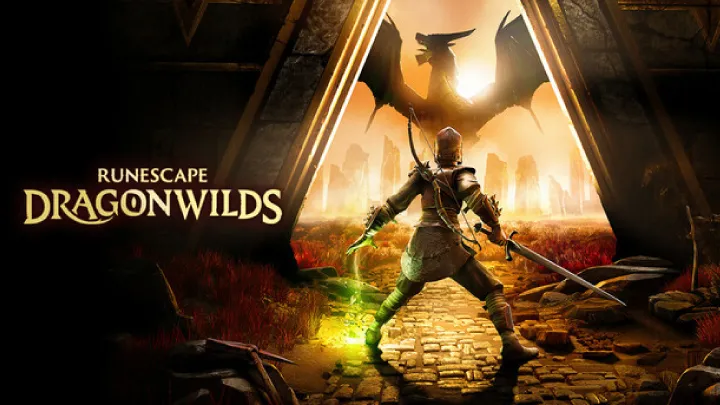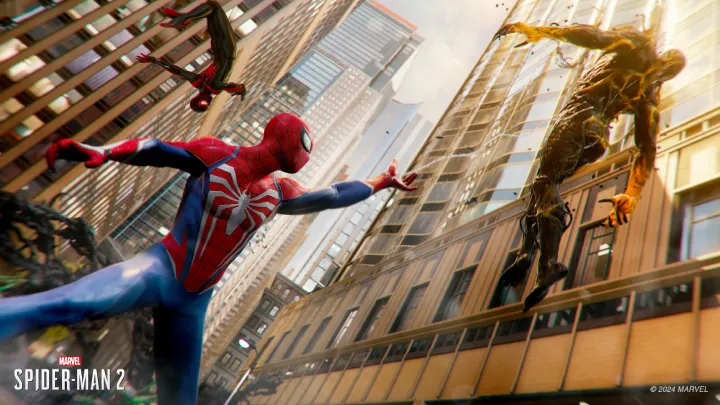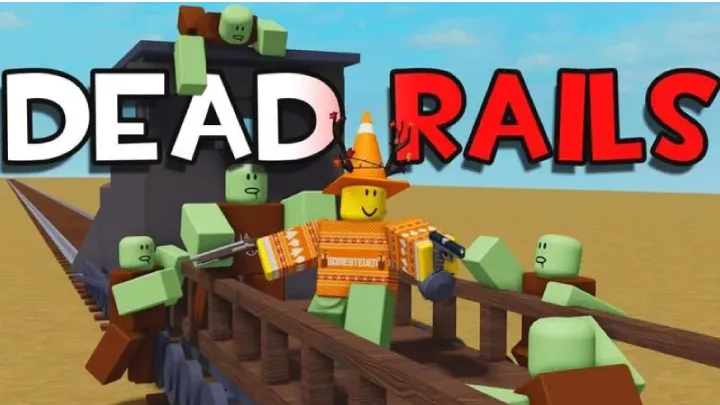The apartment building in Look Outside is a suffocating labyrinth of dread, a claustrophobic puzzle box where every door hides a potential nightmare and every corridor whispers a cryptic clue. For the uninitiated, its blend of resource management, turn-based combat, and psychological horror can feel like an impossible descent into madness. Yet, for the seasoned survivor, this is not a game of chance, but a masterful exercise in tactical planning and intellectual discipline. A true expert understands that success in this grand ordeal is not about brute force or luck, but about adopting a strategic mindset and approaching each new room as a critical piece of a larger, evolving operation. This comprehensive guide, authored from the perspective of a veteran who has navigated its ever-changing halls, will provide you with the tactical framework and operational discipline needed to unravel its secrets and emerge into the light. We will transform your initial confusion into a well-organized, mission-critical approach to the game.
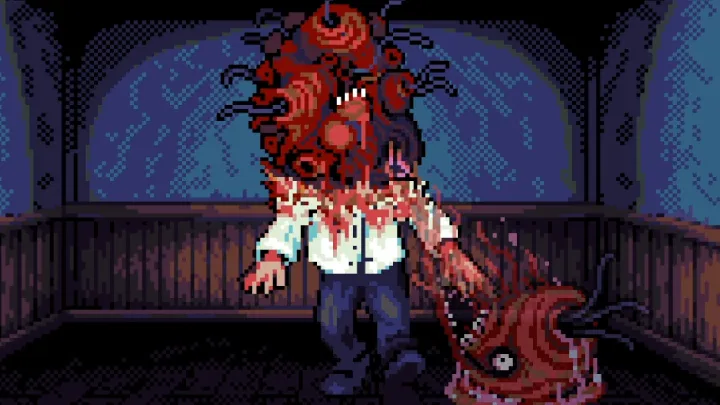
The Core Philosophy: The Survivor's Mindset
A master player of Look Outside operates with a distinct mental discipline. They do not merely "survive" the game; they analyze and deconstruct it. Every action is purposeful, and every piece of information is a vital clue.
The first principle is to embrace resource scarcity. The apartment building is a barren wasteland of dwindling supplies. Your food, water, ammunition, and crafting materials are finite resources that must be managed with the utmost care. An amateur sees a box of ammo as a chance to shoot; an expert sees it as a last resort. The key is to think of every item not just for its immediate use, but for its strategic value in the long run. Can you get by without using that medkit? Can you find a non-lethal way to bypass an enemy? Your most valuable resource is not your health, but your inventory.
Secondly, you must treat the building as a character. The house is not just a setting; it is an entity with a personality, a history, and its own rules. Every detail, from the placement of a key to the intricate patterns on a wall, is a form of communication from the building itself. The expert player engages in a constant dialogue with the environment, asking questions and meticulously noting the answers. Why is this door locked with a strange symbol? Why does this painting feel out of place? Every architectural element, every piece of scattered debris, is a word in the building's cryptic language. Your primary weapon is not a firearm, but your intellect.
Thirdly, you must prioritize information over confrontation. In the early stages, the temptation is to rush forward and fight every monster. The expert knows this is a fatal error. True progress in Look Outside is measured not in how many monsters you've defeated, but in how much you've learned. The most valuable resources are not items, but knowledge—the pattern of a recurring symbol, the function of a strange mechanism, the significance of a discarded diary entry. A master never leaves a room without first extracting every possible piece of information, as a clue found on the first floor might be the key to a locked room on the fifth.
Part 1: The Foundational Walkthrough - The First Entry
Your first few hours in Look Outside are a rite of passage. This is where you develop the foundational skills that will serve you throughout your journey.
Step 1: The Initial Survey. Upon entering a new room, take a moment to pause. Do not rush to the first interactive object. Instead, conduct a full 360-degree survey. Notice the lighting, the color palette, the state of the furniture, and any visual anomalies. Is the room pristine or derelict? Are there symbols on the floor or the ceiling? An expert player trains their eye to quickly identify anything that feels out of place or significant. This initial survey is your tactical reconnaissance.
Step 2: Methodical Interaction. Once you have surveyed the room, approach interactive elements with a systematic method. Do not simply click on everything. Instead, engage with objects in a logical order, perhaps clockwise from the entrance. When you find a note, read it carefully and take a mental note of its content. When you interact with a puzzle, observe its mechanics and the clues in its immediate vicinity before attempting a solution. Rushing into a puzzle without understanding its parameters will only lead to a dead end and wasted resources.
Step 3: The Sanctuary of Your Apartment. Your apartment is your only true safe zone. This is where you can rest, craft, cook, and interact with the few sane allies you might find. The expert player understands that returning to the apartment is not a sign of weakness; it is a strategic retreat. It allows you to heal, to save your progress, and to prepare for your next excursion. You should always be planning your return, making sure you have enough resources to make it back safely. This is your operational command center.
Part 2: The Combat System - A Tactical Breakdown
As you progress, the monsters become more grotesque and the combat encounters become more intricate. This is where the true strategic genius of a master is revealed.
A. Understanding the Unique Turn-Based Combat. Look Outside features a unique turn-based combat system that accounts for the space between you and your foes. Different weapons and abilities have different effective ranges. A shotgun, for instance, might be devastating at close range but completely useless from a distance. A sniper rifle might be perfect for long-range attacks but leave you vulnerable up close. The expert player understands this dynamic and uses it to their advantage, positioning themselves to maximize their damage and minimize the damage they take.
B. The Art of Crafting. Your weapons and items are not always found in perfect condition. You will need to scavenge for materials and craft your own. The expert player knows which crafting recipes are the most valuable and prioritizes collecting the necessary materials. A well-placed Molotov cocktail, crafted from a bottle and some alcohol, can be far more effective than an entire magazine of ammunition. Crafting is not just a secondary mechanic; it is a core part of your survival strategy.
C. Knowing When to Run. Not every fight is winnable, and not every monster is worth the resources to defeat. The expert player knows when to disengage and retreat. Sometimes, the best strategy is to avoid a combat encounter altogether. You can often sneak past enemies or use environmental elements to your advantage. A failed escape attempt is better than a certain death. This is the mark of a true survivalist.

Part 3: The Narrative and World - Unraveling the Mystery
The building is full of cryptic clues, bizarre characters, and haunting stories. The expert player understands that the lore and narrative are not just flavor text; they are a vital source of information.
A. Character Recruitment. Throughout your journey, you will encounter strange and often unhinged characters. Some of these characters can be recruited as allies. The expert player understands the value of these allies, as they can provide a unique set of skills, help you in combat, and offer new insights into the building's lore. The choice of who to recruit and who to leave behind is a critical strategic decision that can change the course of the game.
B. Information Synthesis: Weaving the Narrative Web. The most complex puzzles in Look Outside are not contained within a single room. They require you to synthesize information from multiple locations, sometimes even from different floors or previous runs. The expert player maintains an internal log of all significant clues they've encountered—a specific date from a painting, a strange phrase from a diary, the order of colors in a stained-glass window. When they encounter a puzzle, they don't just look for local clues; they mentally cross-reference with their entire database of knowledge. This process of information synthesis is the key to solving the game's grand, overarching mysteries.
C. The Narrative as a Clue. Look Outside is not just a puzzle game; it is a narrative experience. The expert player understands that the lore and story are not just flavor text; they are a vital source of clues. A story about a past resident's obsession with a specific constellation might be the key to a star-based puzzle. A mention of a family member's favorite flower might be the hint to a coded combination. The expert player pays as much attention to the subtle whispers of the narrative as they do to the overt visual clues.
Part 4: The Expert's Edge - Advanced Tactics and Mindset
Beyond all the technical aspects, a true master has a disciplined and patient mindset. They do not get frustrated by failure; they learn from it.
A. Patience and Persistence. The journey through the mansion will be filled with moments of confusion and frustration. The expert player embraces these moments. They understand that a "failed" attempt is simply a data-gathering exercise. If a puzzle stumps you, do not give up. Take a break. Go back to a room you've already cleared and look for new clues. Sometimes, the solution to a puzzle is not in the room itself, but in a small detail you overlooked a hundred feet away.
B. The Power of Observation. This cannot be overstated. The expert player's greatest asset is their ability to see what others miss. They notice the slight shift in color in a tapestry, the barely-perceptible crack in a floorboard, the single book that is out of place on a shelf. They are not just looking; they are actively observing. They are not just listening; they are actively hearing. This heightened state of awareness is what allows them to solve puzzles that seem impossible to others.
C. The Mental Map of Success. The expert player approaches Look Outside with a mind-map, not a checklist. They are not just checking off rooms and puzzles; they are building a complex web of interconnected ideas and clues. They are constantly looking for connections, for patterns, and for the underlying logic that ties everything together. The victory is not just in surviving the final encounter, but in the profound satisfaction of having mentally constructed the entire building's intricate and haunting logic.
In conclusion, the journey to becoming a Look Outside legend is a philosophical one. It is a moment for strategic preparation, meticulous observation, and a commitment to excellence. By following a professional approach, you can ensure that your path through the building is a journey of triumph, not frustration. A clean, smooth mind is the foundation upon which all future legends are built.











